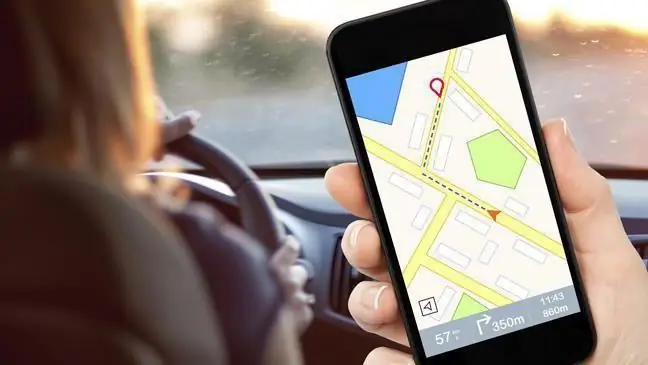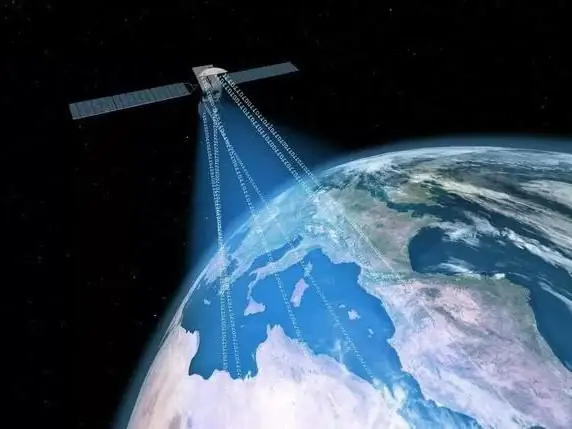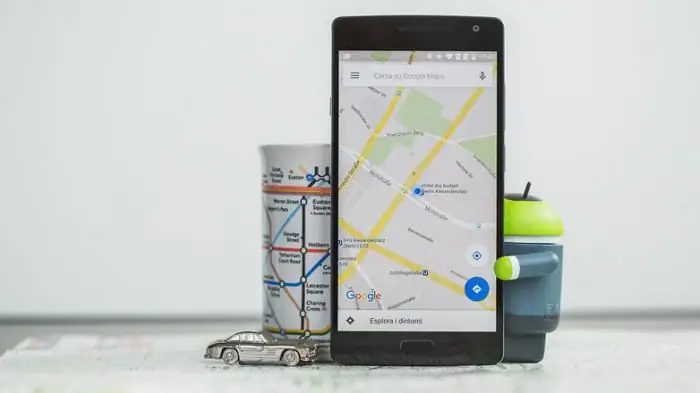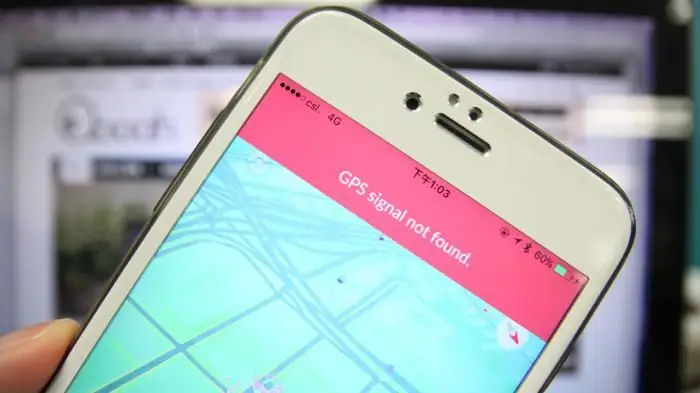Pocket geolocation is a fairly common and familiar thing lately. Now all models of modern phones have a GPS system. But often users have questions about it. For example, they are interested in how to improve GPS reception on Android or IOS in order to get more accurate location information or to play games that require detailed geolocation more conveniently. Let's analyze this problem and find out what can be done.

What is GPS?
GPS is a system that allows your smartphone to use navigation apps and determine your location to give you the best route to your destination. Based on receiving data from satellites in outer space.
Why do I need it?
GPS navigation is used by navigation applications. Together they help to get to the right place without a detailed study of paper maps of the area and polling others on the topic "Where to go next and where to turn?"

The most famous free GPS navigators for Android: Yandex. Maps or Yandex. Navigator, GoogleMaps and MapsMe. You can also find a pirated version of Navitel on the Internet. But the program may be an old release year. In this case, it is able to lead you to non-existent roads and under the "brick". In addition, the program may be infected with a virus. Then there is a possibility that it will "break" the system of your smartphone, and you will have to change not only the navigator, but also the phone or at least its firmware.
Now the most common and modern phone models are the IOS-based IPhone and phones supporting a different system ("Android"). They use GPS in a more advanced form - A-GPS. This is a function that increases the speed of the application during cold and hot start, due to other communication channels (WI-FI, cellular), and also improves positioning accuracy.
Cold start - a situation where the phone cannot connect to new satellites when the application is turned on. In this case, it works autonomously according to the data transmitted during the previous switch-on by those satellites to which it was connected. Hot start - when the satellites are immediately included in the work. They appear on the application screen or in a special tab for tracking their work and receiving data.

First signal improvement option
There are a lot of ways to improve GPS reception on Android or IOS. Let's take a look at 3 of the most famous. Firstand the easiest way to boost the GPS signal is to turn on the appropriate mode in the phone settings. To do this, do the following steps:
- Turn on GPS (geolocation) and go to phone settings.
- Find the "Geodata" section.
- Select the top button "Mode".
- Opens a window called "Detection Method".
- Select the item "High accuracy".
Your phone's performance will improve by turning on Accuracy. At the same time, its operating time without recharging can decrease several times. The thing is that the included navigator will simply "eat up" the battery.

The second way to improve GPS reception on Android
The second option is more complicated. But it helps just as often as the first one. You need to download an app to clear GPS data. After updating the satellite information, the navigation system will work better than before. But this option may not be suitable for some phones due to app and model incompatibility, lack of space, etc.
The most difficult but reliable method
There is a third, most difficult solution to the problem, how to improve GPS reception on Android. It is more suitable for computer geniuses. Its essence lies in the alteration of the system file that controls the operation of the phone's GPS system. Let's sort it out in order:
- It is necessary to extract the GPS. CONF file located in the foldersystem/etc/gps/conf, through special programs that give access to system files. Then we move it to the internal memory of the phone or to the SD card so that it can be opened on the computer in the future.
- Changing the GPS. CONF settings is done through the Notepad++ program on a regular PC. And the phone is connected to the computer via a standard USB cable.
- Next, you need to change the settings of the NTP server, which is used for time synchronization. Usually they say something like this - north-america.pool.ntp.org. The entry needs to be rewritten - ru.pool.ntp.org or europe.pool.ntp.org. As a result, it should turn out like this: NTP_SERVER=ru.pool.ntp.org.
- It would also not be superfluous to enter additional servers without making any changes to them: XTRA_SERVER_1=https://xtra1.gpsonextra.net/xtra.bin, XTRA_SERVER_2=https://xtra2.gpsonextra.net/xtra. bin, XTRA_SERVER_3=https://xtra3.gpsonextra.net/xtra.bin.
- Next, you need to decide whether the GPS receiver will use WI-FI to boost the signal. When entering the ENABLE_WIPER=parameter, you must enter a number that will allow (1) or prohibit (0) the use of a wireless connection. For example, ENABLE_WIPER=1.
- The next parameter is connection speed and data accuracy. There, your choice is: INTERMEDIATE_POS=0 <-- (accurate, but slow) or INTERMEDIATE_POS=1 <-- (not accurate, but fast).
- In the type of data transfer use, knowledgeable people advise setting the User Plane, which is responsible for the wide transfer of subscriber data. Then in the program line it is writtenDEFAULT_USER_PLANE=TRUE.
- The accuracy of GPS data is monitored through the INTERMEDIATE_POS=parameter, in the line of which you can set both taking into account all data without exception, and removing errors. If you put 0 (zero) after the "=" sign, then geolocation will take into account everything it finds, and if it is 100, 300, 1000, 5000, it will remove errors. Programmers recommend setting it to 0. But if you want to try, you can use debugging.
- Application of the A-GPS function, as mentioned above, is supported or automatically enabled on all modern devices. But if you still want the function to work exactly, then you need to set DEFAULT_AGPS_ENABLE=TRUE in the A-GPS enable line.
- The final version of the file must be saved and downloaded to the phone, then reboot it.
An important point: if you do not want to do it all yourself for various reasons, for example, because of laziness, fear of breaking something in the system, etc., then you can find the GPS. CONF file with the parameters you need and just copy it to your smartphone. It remains only to restart the phone and use the improved GPS.

Why doesn't GPS work on Android yet?
There are other reasons for the problem. It happens that GPS does not work on Android at all (it does not turn on, it does not search for satellites, etc.). Resetting the system to factory settings can help with this problem. This is done through the phone settings. In addition, the gadget can be reflashed or given awayservice center workers who will "dig" into the electronics and fix the defect.






